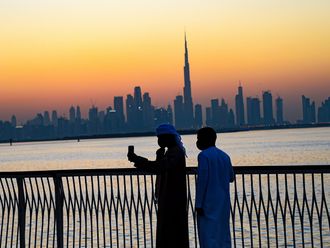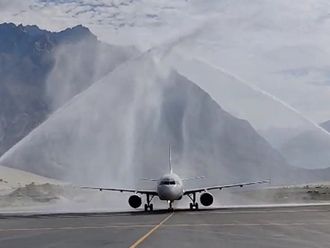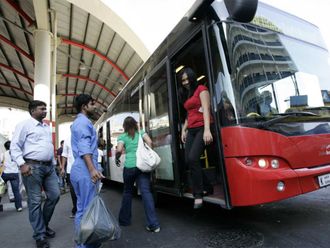Dubai: The Ministry of Environment and Water on Tuesday launched the country’s first HydroAtlas detailing the existing groundwater conditions and trends to help policymakers formulate laws to protect this precious resource.
The atlas consists of 10 main chapters and contains statistics, studies and maps that tackle crucial matters such as the quality of soil, surface water, and groundwater, among others, said Engineer Mariam Saeed Hareb, Acting Assistant Undersecretary for Water Resources and Nature Conservation at the ministry.
“In order to make a policy or regulation, we need to understand the current situation and we know in the UAE there’s always a lack of data. This is a fantastic project since we actually have data on all these issues where we can see trends on what have been happening. On top of that, we can make informed decisions needed for the country in order for water to be sustainable,” Mariam told Gulf News.
Asked for a copy of the atlas, Mariam said the atlas was produced with policymaking in mind. The atlas will be used to recommend draft laws to concerned emirates concerning water conservation.
“As you know, water is not the ownership of the federal government. It’s the ownership of each emirate. So, with this information, it’s basically giving them data on where to base new laws and regulations.”
Mariam said parts of the atlas will be uploaded in the ministry’s website to increase public awareness on water conservation in two or three weeks’ time.
Nasser Al Safari, a geologist at the ministry who is part of the project, said they are currently working on bridging the gap between groundwater consumption and providing alternative resources like treated wastewater.
Al Safari said that since the UAE is a water-scarce country, the ministry is taking all possible measures to sustain this resource for future generations by instituting good practices.
The UN’s definition of a water-scarce country is if it has 1,000 cubic metres of water or less available per person per year. The UAE’s natural water supply provides for less than half this level, making it one of the world’s most water-scarce nations.











